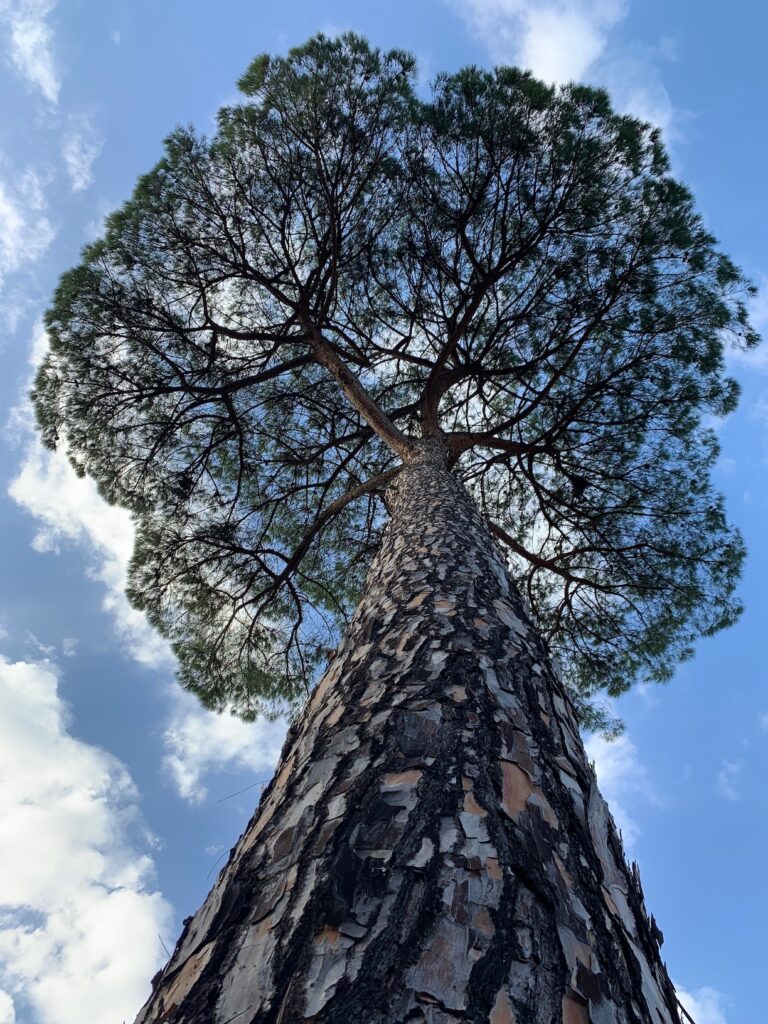
Nobody told me how majestic the pine trees were going to be. When people speak of Rome, you usually hear about everything else: the ruins, the worthy food stops (and maybe even the less worthy), the bars, the seven hills. But if we’re talking about first round picks, you won’t ever get anything in the way of flora.
“Don’t move to Rome. The traffic, the bureaucracy. It’s a nightmare.” – The prevailing comment from (non-Roman) Italians
“You’re moving to Rome?! The culture! The antiquity! The food!” – The general reaction from everyone who was not Italian.
I heard a variation of these two phrases in the months leading up to my move. Good or bad, I knew that I was incredibly fortunate to be transplanting myself in this eternal yet new-to-me city. When I finally landed, indeed I found grains of truth with everything that I’d been told. Those things I have commented on in my blog entries…and anyway they were already relayed in every corner of the internet. Italy is simply thus.
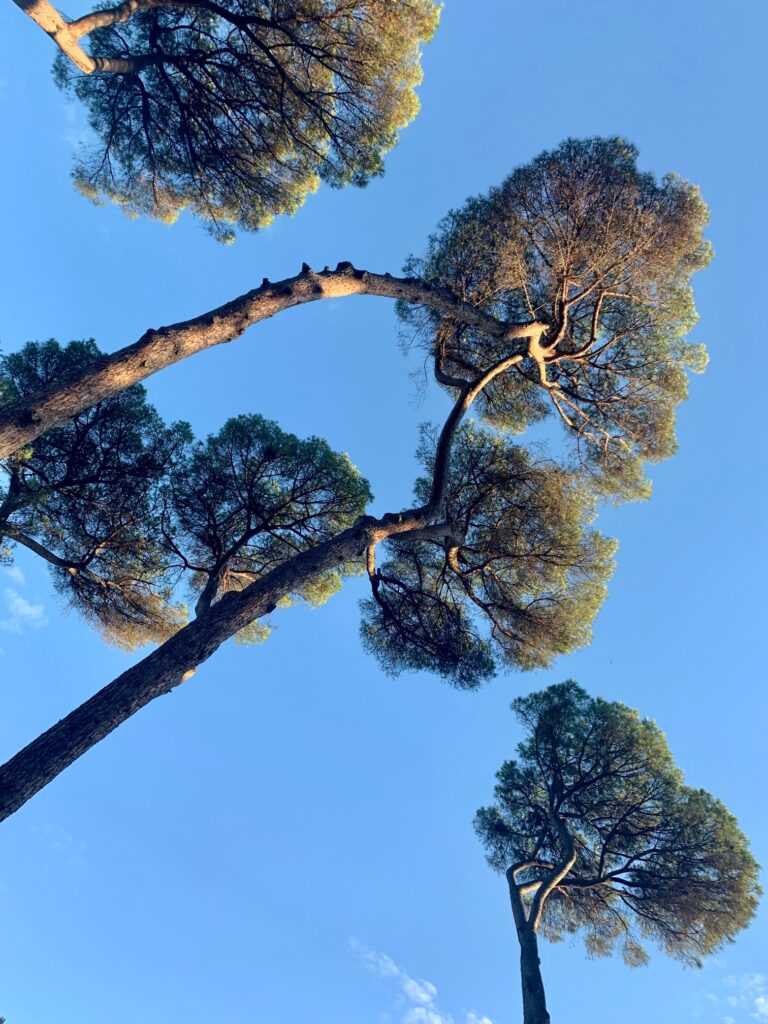
But the pine trees here are massive. Due to their stature, they often frame the upper quarter of many a tourist’s photos—and in my case, I allow them to take up the entire picture as the subject in my unending yet futile attempt to capture the whole thing. The pines are long and skinny-necked—something that fascinates the eye until you learn that they are carefully pruned to achieve this look. They could resemble a sprig of broccoli on a lanky stalk. But manmade or not, the end result is a parasol woven of needles that looks to defy gravity.
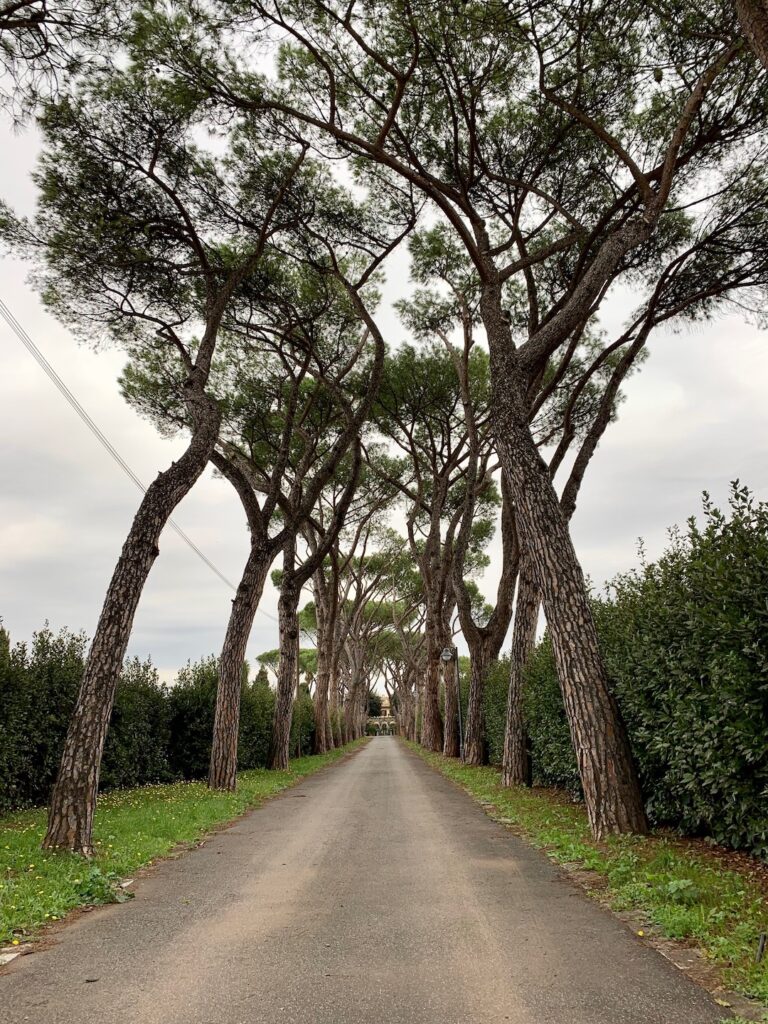
I remember a few years back when I was riding out of Rome and headed for the sea. I don’t so much remember the details of where I ultimately went, but what stuck in my brain was the road leading to the west. Once the boredom of the buildings fell away, we traversed singular roads with only expansive crop fields on each side. And these roads, they were punctuated by flanks of towering pine trees stretching as far as the eye could see. Up until then, I had only seen something as notable in County Antrim, Northern Ireland.

Rome has stiff competition for your attention. But what’s fortunate about the pine trees is that you’ve got them everywhere. And of course, they are found outside of the city too. At sunrise or (especially) sunset, the pink glow hits them in a way that feels almost ethereal. Like you’ve been teleported to a place that you’ve only read about as a small child. As a now-grown kid, these trees to me invoke sheer wonder. I first behold them with uninformed delight for as long as I felt like a tourist in the city. Then the months started to pass.
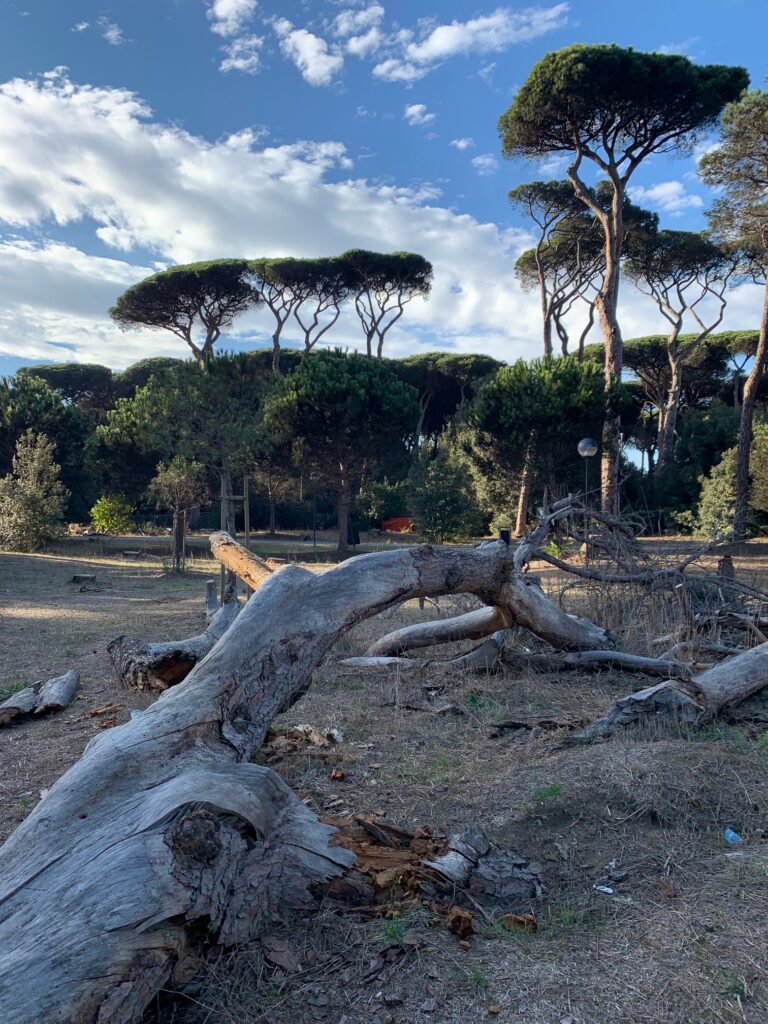
It happened as I started to learn Italian. I was finding my way into news sources that explained the inner workings of living in this capital city. The bureaucracy, the trash, the green Sundays that limit diesel vehicles from traversing the city. That’s about the time when I learned that these trees were dying.
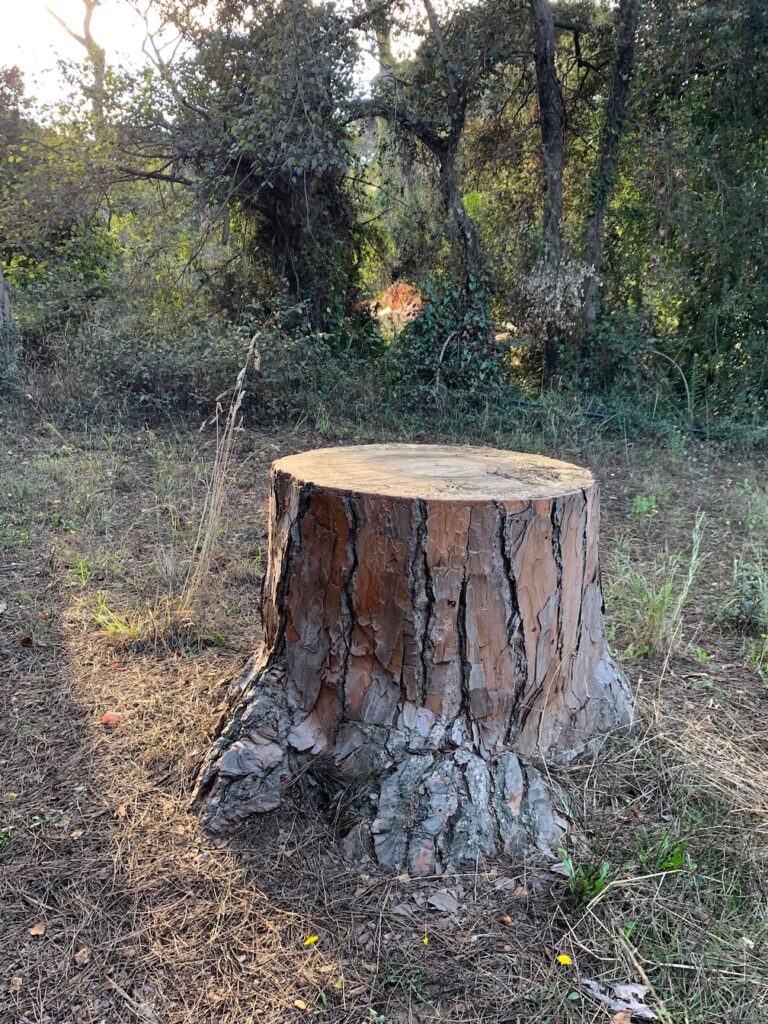
Globalization, as we all know, brings both good and bad effect to our shores. It’s been going on since intercontinental movement became a thing, and as such we understand too late that these events can have unintended consequences. I am no scientist or even an expert on the matter, but this is how I discovered that an imported pest called tortoise scale insects had invaded and were killing off what feels like the true eternal rulers of Rome.

Considering how enormous the umbrella pines grow, it is hard to believe that they could be felled by something so small. Their roots grow so strong that they make a mess of the streets that they are planted next to. You bump-bump over them and kind of wonder how nobody thought that this would one day be an issue for motorists (my observation after living here for two years: they did this on purpose as a sort of natural speed bump). But while our cars are no match for most of these pine trees, it is the insidious tortoise scale insect that eats the tree sap and creates this black goo that ends up suffocating the tree.
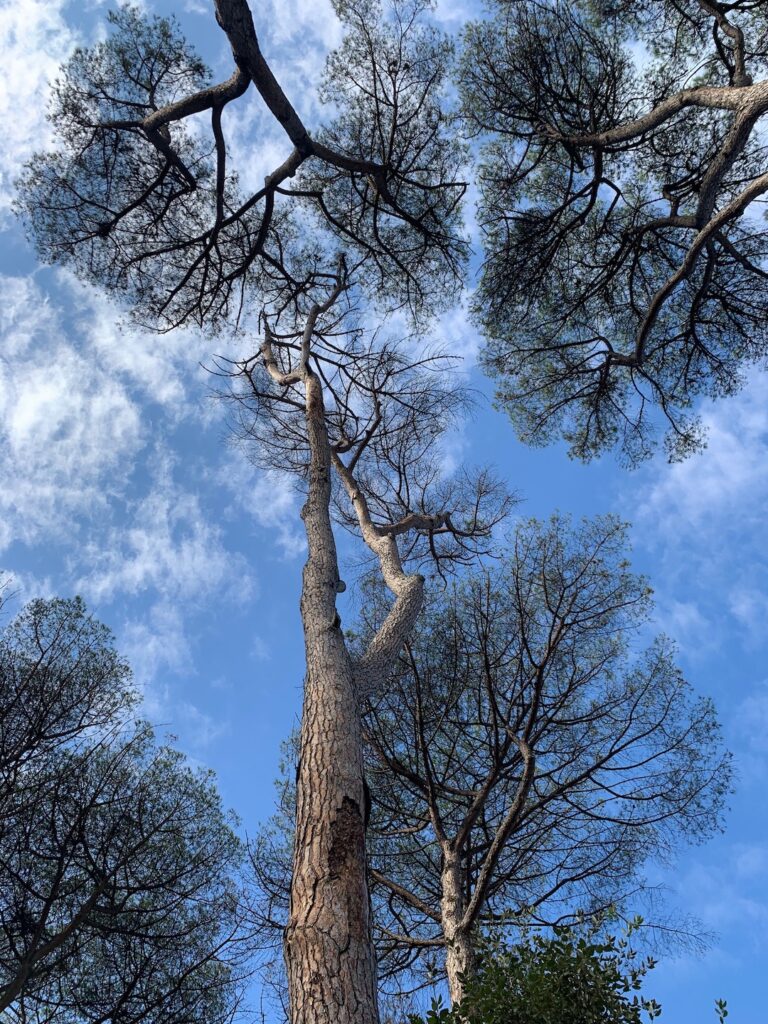
Once you read about this parasite, you no longer look up at the trees with the same childlike wonder. Instead you start to examine each canopy, scanning for bare patches or even black-tinged branches with almost no needles at all. You start to notice that each massive tree has a spray-painted orange dot on it, residing close by on the trunk is a hole. You know that the people are desperately trying to save these trees from coming down.
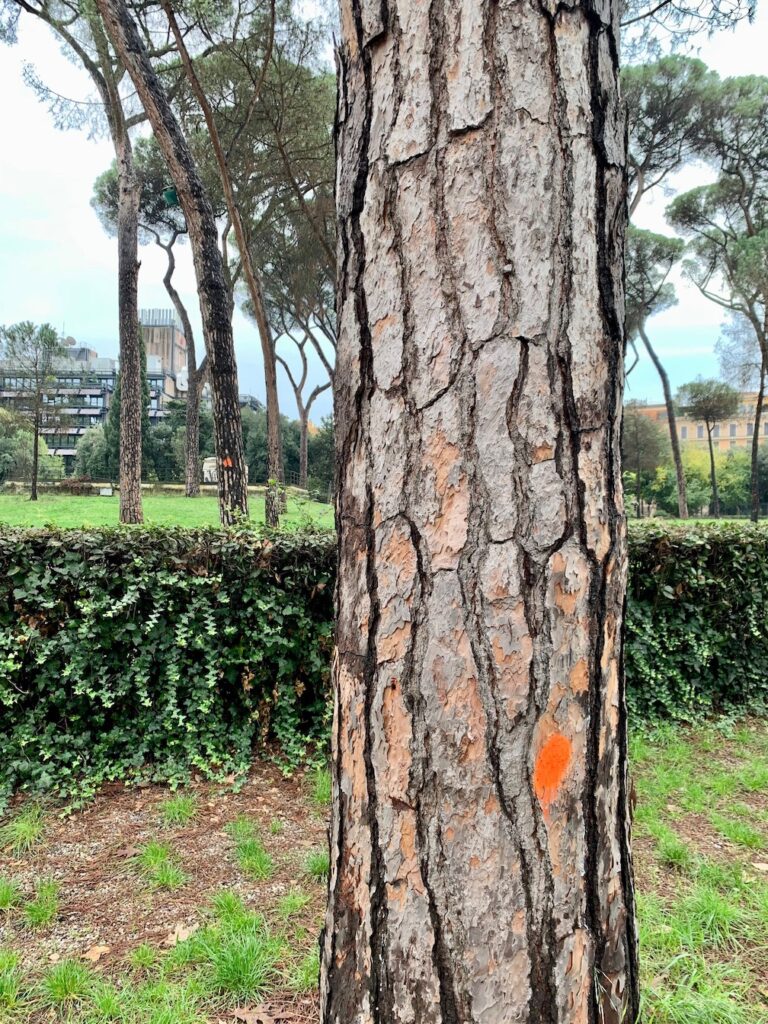
To lose the pine trees would mean changing Rome’s landscape forever. Yes, of course the Colosseum and the Alter of the Fatherland and the Forum and even EUR make Rome a notable place. But all of Rome’s green spaces, and the land beyond Lazio itself, they all have these iconic pine trees. It feels almost inconceivable that this coexistence could ever cease.
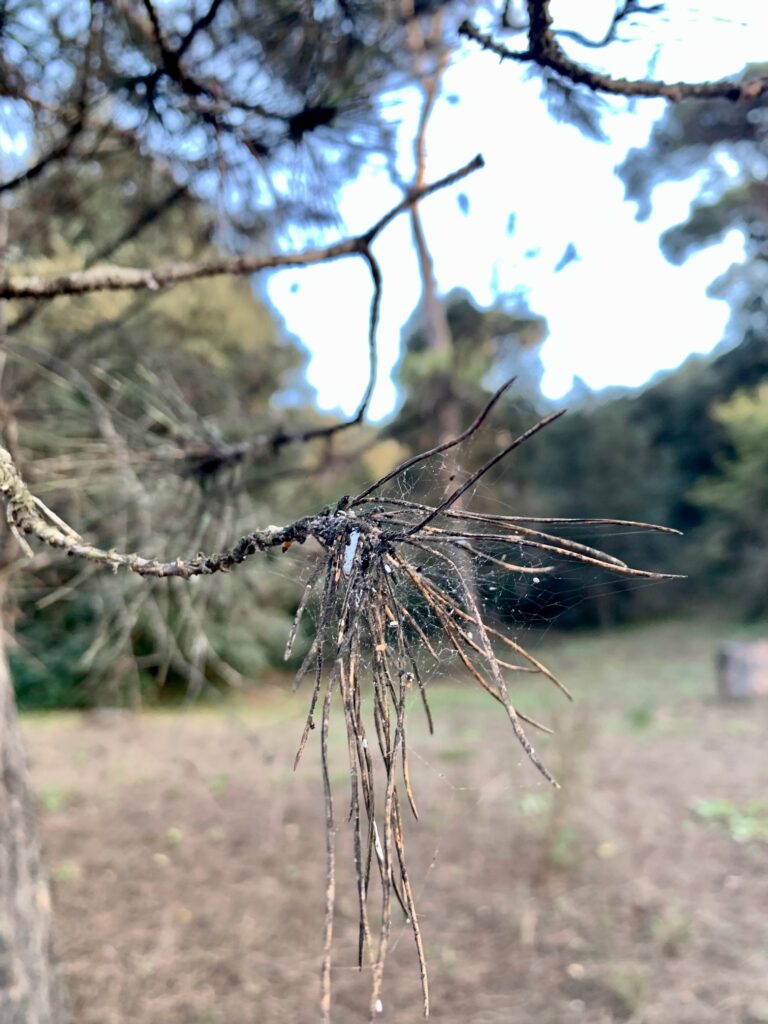
Soooo I have no idea how successful all of these efforts are going to be in saving the pine trees here. From what I have read, these pests don’t take long at all to fell a tree that has taken decades to grow. And like much of what I have seen with climate change and all of the ill effects that we humans have produced, this pains me greatly. I don’t know what to say that would make this situation better.
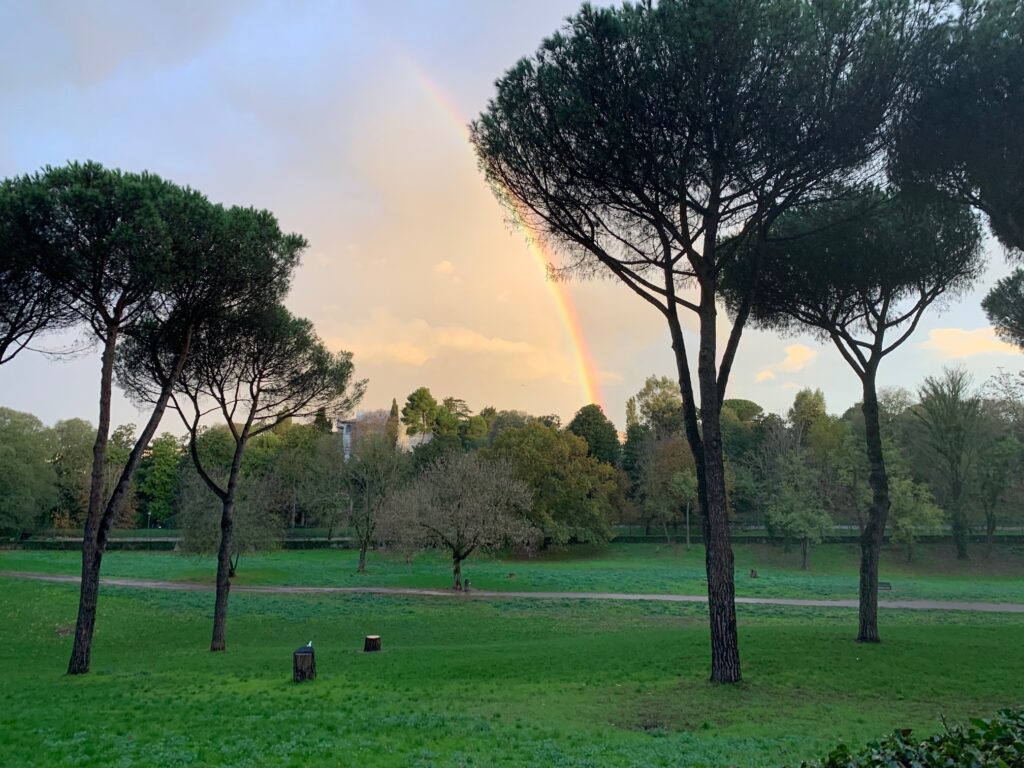
When people ask me what to see in Rome, the first thing I am going to tell them is to go to one of the green areas. Villa Borghese, The Janiculum, Villa Doria Pamphilj. Go take a walk around. At sunrise, if you can. Look up and down and wonder how Mother Nature could have created such a magnificent landscape. Take it in now, and then head to the Pantheon. It sounds crazy to say, but we don’t know how much long we’ve got until these giants of Rome fall.